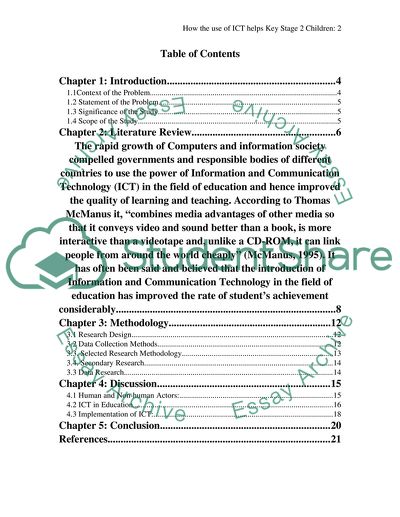Cite this document
(How the Use of ICT Helps Key Stage 2 Children Research Paper, n.d.)
How the Use of ICT Helps Key Stage 2 Children Research Paper. Retrieved from https://studentshare.org/information-technology/1723205-research-project-to-determine-how-the-use-of-ict-helps-key-stage-2-children-learn-in-literacy
How the Use of ICT Helps Key Stage 2 Children Research Paper. Retrieved from https://studentshare.org/information-technology/1723205-research-project-to-determine-how-the-use-of-ict-helps-key-stage-2-children-learn-in-literacy
(How the Use of ICT Helps Key Stage 2 Children Research Paper)
How the Use of ICT Helps Key Stage 2 Children Research Paper. https://studentshare.org/information-technology/1723205-research-project-to-determine-how-the-use-of-ict-helps-key-stage-2-children-learn-in-literacy.
How the Use of ICT Helps Key Stage 2 Children Research Paper. https://studentshare.org/information-technology/1723205-research-project-to-determine-how-the-use-of-ict-helps-key-stage-2-children-learn-in-literacy.
“How the Use of ICT Helps Key Stage 2 Children Research Paper”, n.d. https://studentshare.org/information-technology/1723205-research-project-to-determine-how-the-use-of-ict-helps-key-stage-2-children-learn-in-literacy.


